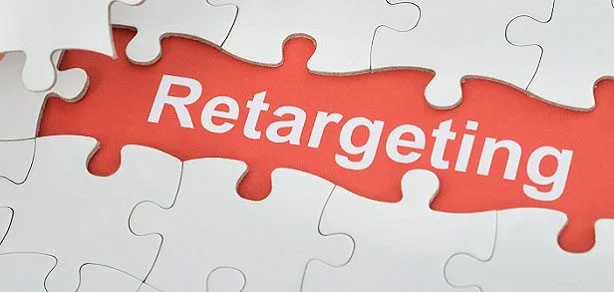Retargeting Best Practices: Learn How to Turn Prospects into Leads

Retargeting or remarketing is a powerful marketing technique that can perfectly complement a digital strategy and help you turn prospects into clients. The beauty of retargeting is that you already know the visitor is interested in your company, products or services you are selling: he/she either visited your website, subscribed to your email list or searched for a product, service or information. The initial connection has been made. Now, all you have to do is get them to close the deal.
This is where remarketing comes in. Following the best practices of remarketing can make a huge difference in the conversion process. In a previous article we’ve covered the basics about what retargeting is and types of retargeting methods available. In this blog we’ll go through some of the best practices for running a successful retargeting campaign.
Audience Segmentation
Segment visitors based on past interactions with your website.
Segmentation refers to identifying and bucketing visitors into different categories based upon their behaviour on the site. For example, you may want to create a segment of visitors who have added items to the basket but never checked out, or a segment for those who spent more than 3 minutes on a specific product page, or a segment of those who have visited a specific page more than 3 times in the last 1 week. The segmenting criteria can be anything you like. Each segment you create will have it’s own pool of visitors to be retargeted. The biggest advantage of segmenting your website visitors is the ability to retarget them with a specific message based on their previous browsing behaviour. For example, the creative message for the segment encouraging visitors to complete their checkout might feature offering a further 5% discount.
Cookie Duration
Set a duration to your retargeting process.
Cookie lengths lets you decide the time you want to keep your customers in the retargeting pool and follow them with your ads. By using the ‘’duration’’ setting you can decide to delete the cookie from a retargeting list after 7, 30 or 90 days.
Make sure your choose a cookie length that aligns with your marketing goals. This can be very useful to reach people at the right time in their purchase journey. Defining the cookie duration must also consider the type of message you want to promote. For example, if you are a fashion retailer who is having a last minute sale on summer dresses at the end of the season it definitely doesn’t make sense to retarget users for 90 days with ads of summer season items.
Ad Creatives
Tailor your creative to target users in different stages of the purchase funnel.
The great thing about retargeting campaigns is that you can tailor your message to engage users with personalised ad messages in different stages of the purchase funnel. If you have created different segments then it makes sense to tailor your creative based on the segment being retargeted.
Example, if the user visits the homepage of your website, you can retarget them with a message directed to your brand awareness. If they visit a product page on your site, you can show them ads with discounts or last minute offers related to that page. For example, readers who have visited the food and drink section of an online bookstore can be later retargeted with a discount for books about summer juices and cocktails or European cuisine recipes.
Ad Retargeting Impressions
Define a frequency cap to limit the number of impression you serve to each user.
One of the biggest challenges when crafting a new retargeting campaign is the number of ad impressions you should serve. There’s that fine balance between showing too many ads and becoming annoying, or too few and not make a lasting impression. On one hand, overexposure can lead to decreased campaign performance, making prospects either block or report your ad or completely ignore it. On the other hand, a low number of impressions won’t help your message get through nor cement your brand recall.
Applying a frequency cap to your remarketing ads will help you reach that perfect exposure balance and define the number of times an ad is displayed to a visitor. There is no straightforward answer to what the perfect exposure should be, but the recommended frequency is 17-20 impressions per visitor per month. Testing the frequency cap and optimising the campaign will help you determine what works best for your campaign.
Burn Pixel Code
Add a Burn Pixel code to the post-transaction page to stop serving ads to visitors who have already converted.
Once the user has performed your desired action, you should stop serving them ads. Showing them an ad with the same message doesn’t make sense if they have already converted as result of that particular creative message. Placing a simple line of code on your post-conversion page will remove the newly acquired customers from the pool of ‘yet-to-be converted’ and they’ll no longer see your retargeting ads.
This doesn’t mean that you have to completely delete them from your remarketing list. You can either expose them to a different call-to-action or add them to another campaign, especially if they’re returning visitors. For example, if you are a technology vendor and you are retargeting users who purchased a laptop as a result of a retargeting ad, you can retarget them with an offer for maintenance or request feedback for their delivery or customer service. But, as a best practice you should not retarget a visitor for over 30 days at a stretch after the conversion took place, irrespective of what messages are being shown.
Do you have any retargeting best practice tips you want to share? I’d love to hear them!